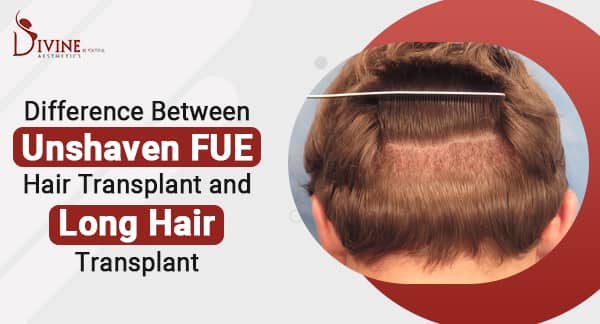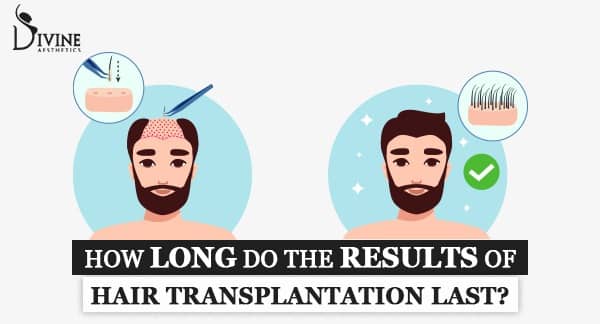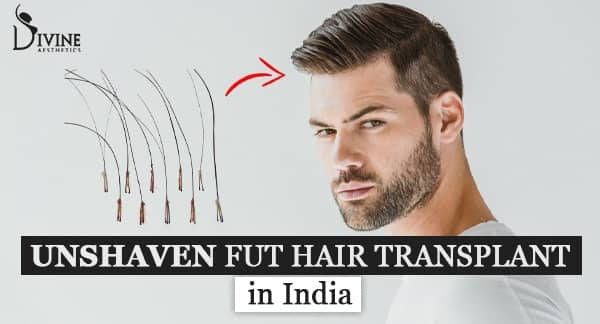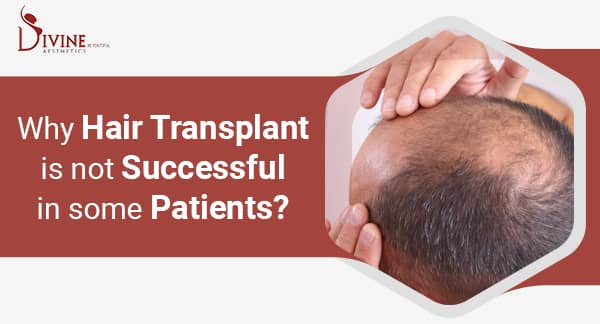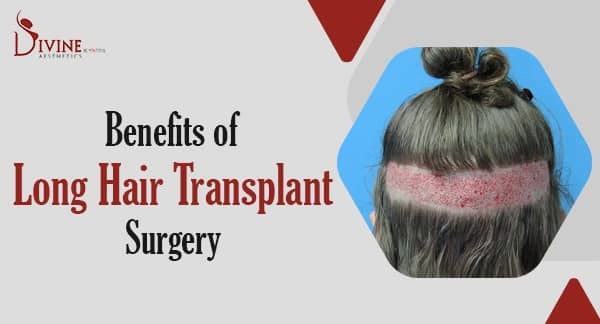Difference Between Unshaven FUE Hair Transplant and Long Hair Transplant
In this blog post, we will help you learn more about hair transplant and delve into the differences between two specific techniques: unshaven FUE and long hair transplant.
Hair loss can significantly impact an individual’s self-confidence, appearance, and self-esteem. Thankfully, hair transplant procedures have revolutionized the field of hair restoration, offering effective solutions for those experiencing hair thinning or baldness.
What is A Hair Transplant?
A hair transplant is a surgical procedure that involves the transplantation of hair follicles from a donor area to the recipient area, which is typically the balding or thinning areas on the scalp. The procedure aims to restore natural hair growth and create a fuller, more aesthetically pleasing hairline.
There are several techniques through which hair transplants are performed, including unshaven FUE hair transplants and long hair transplants.
What Is An Unshaven FUE Hair Transplant?
Unshaven Follicular Unit Extraction (UFUE) is an advanced hair transplant technique that requires the plastic surgeon to extract individual hair follicles without shaving the entire donor area. Unlike traditional FUE, which requires complete shaving of the donor site, unshaven FUE offers the advantage of minimal disruption to existing hair, enabling patients to resume their daily routine without noticeable changes.
Other prominent features of unshaven FUE hair transplant are:
- Requires Minimal Shaving
Unshaven FUE allows for selective shaving or trimming of small areas within the donor site, preserving the surrounding hair and providing a natural-looking appearance during the recovery phase.
- Done With Precise Extraction
Using specialized instruments, individual hair follicles are carefully extracted from the donor area one by one. This method ensures minimal scarring and damage to the surrounding tissue.
- Creates Customized Hairline Design
The surgeon can create a customized hairline that matches the patient’s natural hair growth pattern and desired aesthetic outcome.
- Involves Reduced Downtime
As unshaven FUE involves minimal shaving and a less invasive procedure compared to traditional FUE, the recovery period is typically shorter, allowing patients to return to their regular activities sooner.
Related video
What Is A Long Hair Transplant?
A long hair transplant is a technique that allows for the transplantation of longer hair strands during the procedure itself. This approach provides immediate visual results, allowing patients to see the outcome of the transplant before the hair is trimmed or styled.
Other major characteristics of a long hair transplant are:
- Allows Real-Time Assessment
Long hair transplant allows the surgeon to evaluate the transplant results during the procedure itself, ensuring proper alignment, density, and aesthetic appeal before finalizing the transplantation.
- Ensures Enhanced Precision
Transplanting longer hair strands enables the surgeon to accurately recreate natural hair angles, direction, and density, resulting in a more natural-looking appearance.
- Provides Immediate Aesthetics
Patients can immediately see the initial cosmetic results of the transplant, which helps build confidence and satisfaction from the early stages of the recovery process.
- Freedom To Style Hair As Required
With longer transplanted hair, patients have more options for styling, allowing for greater flexibility in achieving desired hairstyles.
What’s The Verdict?
Hair transplant procedures offer effective solutions for hair loss and thinning. Unshaven FUE and long hair transplant are two advanced techniques that provide unique benefits. Unshaven FUE allows for selective extraction without complete shaving, while long hair transplant offers immediate aesthetic results and precise customization.
Choosing the most suitable technique depends on individual factors, such as hair loss pattern, donor hair availability, and personal preferences. Consulting with a skilled hair transplant surgeon like Dr. Amit Gupta will help determine the best approach for achieving natural, long-lasting hair restoration results tailored to each patient’s needs.
Who Is The Ideal Candidate For A Hair Transplant?
The next step after learning about the difference between unshaven and long hair transplants is to focus on finding the right candidate for these procedures. The ideal candidate for a hair transplant is typically someone who has:
- Stable Hair Loss: Hair transplant procedures are most effective for individuals with stable hair loss patterns. This means that the hair loss has significantly slowed down or stopped, and the donor area (typically the back or sides of the scalp) has adequate hair density.
- Sufficient Donor Hair: To perform a hair transplant, there needs to be an adequate supply of healthy donor hair available for transplantation. The donor hair is typically resistant to the hormone responsible for hair loss (DHT), making it a suitable source for transplantation.
- Realistic Expectations: It is crucial for patients to have realistic expectations regarding the outcomes of a hair transplant. While the procedure can provide significant improvements in hair density and appearance, it may not completely restore a full head of hair or match the density of the original hairline.
- Good General Health: Candidates for a hair transplant should be in good overall health. Certain medical conditions and medications may affect the suitability for the procedure, so it is important to disclose any pre-existing medical conditions and medications to the hair transplant surgeon during the consultation.
- Commitment to Aftercare: Following a hair transplant, proper aftercare is crucial for the success of the procedure. Patients should be committed to following post-operative instructions provided by the surgeon, which may include taking prescribed medications, avoiding certain activities, and maintaining a healthy lifestyle.
It is essential to consult with a qualified and experienced hair transplant surgeon who can evaluate your specific hair loss pattern, examine the donor hair availability, and assess your suitability for the procedure. The surgeon will discuss the potential risks, benefits, and expected outcomes based on your individual circumstances.
Get A Hair Transplant Done At Divine Cosmetic Surgery
Getting a hair transplant is not an easy decision but it can be a life-altering one. Dr. Amit Gupta and his team of medical experts at Divine Cosmetic Surgery are committed to providing patients with exceptional hair transplant results.
At Divine Cosmetic Surgery, we utilize the best that science and technology have to offer to make sure that all patients receive the results they want. So, what are you waiting for? Book a consultation with Dr. Amit Gupta today!

